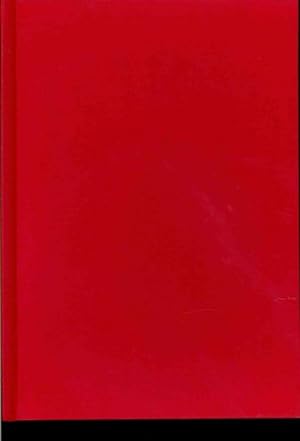Spatial Statistics and Geostatistics is the definitive text on spatial statistics. Its focus is on spatial statistics as a distinct form of statistical analysis and it includes computer components for ArcGIS, R, SAS, and WinBUGS. The teaching and learning objective of the text is to illustrate the use of basic spatial statistics and geostatistics, as well as the spatial filtering techniques used in all the relevant programs and software.
The text is a systematic overview of the canonical spatial statistical and geostatistical methods. It explains and demonstrates methods and techniques in spatial sampling; spatial autocorrelation; spatial composition (heterogeneity, homogeneity) and configuration (contiguity), spatially adjusted regression and related spatial econometrics; local statistics: hot and cold spots; geostatistics and related techniques in measuring spatial variance and co-variance; and methods for spatial interpolation in two-dimensions. A concluding section discusses advanced topics in spatial statistics: these include Bayesian methods, the Monte Carlo simulation, and error and uncertainty.
Fully explanatory, Spatial Statistics and Geostatistics uses boxed computer code, diagrams, illustrations; and includes further readings. Case study and exemplary materials and data sets are also included.
This book is ideal for anyone who wishes to gain a practical understanding of spatial statistics and geostatistics. Difficult concepts are well explained and supported by excellent examples in R code, allowing readers to see how each of the methods is implemented in practice.
Professor Tao Cheng
University College London This text is a remarkable roadmap to the methods of spatial statistics and in particular, the technique of spatial filtering. The included case studies and computer code make the book extraordinarily interactive and will benefit both students and applied researchers across many disciplines.
W. Ryan Davis
PhD Candidate in Economics, University of Texas at Dallas
This is a valuable and enjoyable addition to applied spatial statistics, particularly because the reader, or rather user, of the book can see exactly what the authors are doing, and so may reproduce all the analyses using the code provided.
Professor Roger S. Bivand
Norges Handelshøyskole Norwegian School of Economics
SAGE has a long tradition of publishing accessible texts explaining key concepts in statistics. This book is in my opinion very useful. I particularly like the choice of statistical problems, the focus on one region to explain a series of problems and the availability of R code, which makes it easy for the reader to reproduce the analysis.
Author: Sietse O Los Published On: 2013-09-17
